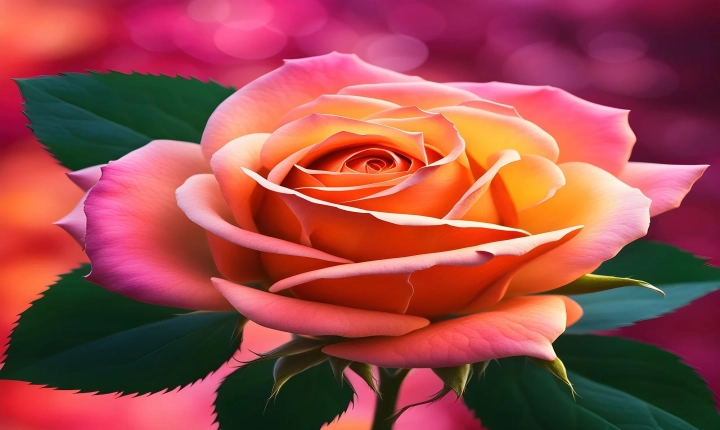Title: Exploring the World of Generative AI: An Example of Creativity Unleashed
Generative AI, also known as creative AI, has been revolutionizing various industries, from entertainment to healthcare, with its ability to produce original and innovative content. One of the most intriguing examples of generative AI is the creation of artwork using algorithms and machine learning techniques.
One prominent application of generative AI in the art world is the creation of visually stunning and thought-provoking pieces through a process called neural style transfer. This technique involves training a neural network to apply the style of one image (such as a famous painting or a particular artistic style) to the content of another image, resulting in a unique, stylized artwork.
Generative Adversarial Networks (GANs) are another powerful example of generative AI. GANs are composed of two neural networks – a generator and a discriminator – that work together to produce original, realistic images. The generator creates images from random noise, while the discriminator evaluates the generated images and provides feedback to the generator to improve its output. This cycle continues until the generator produces images that are indistinguishable from real ones. This process has been used to generate realistic human faces, landscapes, and even abstract art.
Furthermore, generative AI has enabled the development of interactive artistic experiences that adapt to users’ input and reactions. For example, AI-driven systems can create music, poetry, or visual art in real-time based on the user’s preferences and emotional responses. These interactive experiences offer a glimpse into the future of personalized, dynamically generated content that blurs the lines between human and artificial creativity.
The impact of generative AI on the art world extends beyond visual and auditory mediums. It has also been leveraged to create immersive experiences, such as virtual reality (VR) artworks and installations. Artists and technologists are collaborating to push the boundaries of creativity by integrating generative AI into interactive, multisensory experiences that engage and captivate audiences in new ways.
The emergence of generative AI in the art world raises thought-provoking questions about the nature of creativity, authorship, and the role of technology in artistic expression. As AI continues to evolve and push the boundaries of what is possible, it challenges us to reconsider traditional notions of artistry and the creative process.
While generative AI holds great promise in empowering artists and creators to explore new frontiers of expression, it also presents ethical and philosophical challenges. The intersection of AI-generated art and human creativity sparks discussions about the authenticity of AI-generated content and the implications for the future of art curation and ownership.
In conclusion, generative AI exemplifies the convergence of technology and creativity, offering new possibilities for artistic expression and pushing the boundaries of human imagination. As generative AI continues to advance, it is essential to embrace its potential while navigating the ethical and societal implications to ensure that it enriches the creative landscape and fosters meaningful dialogue about the role of technology in art.
